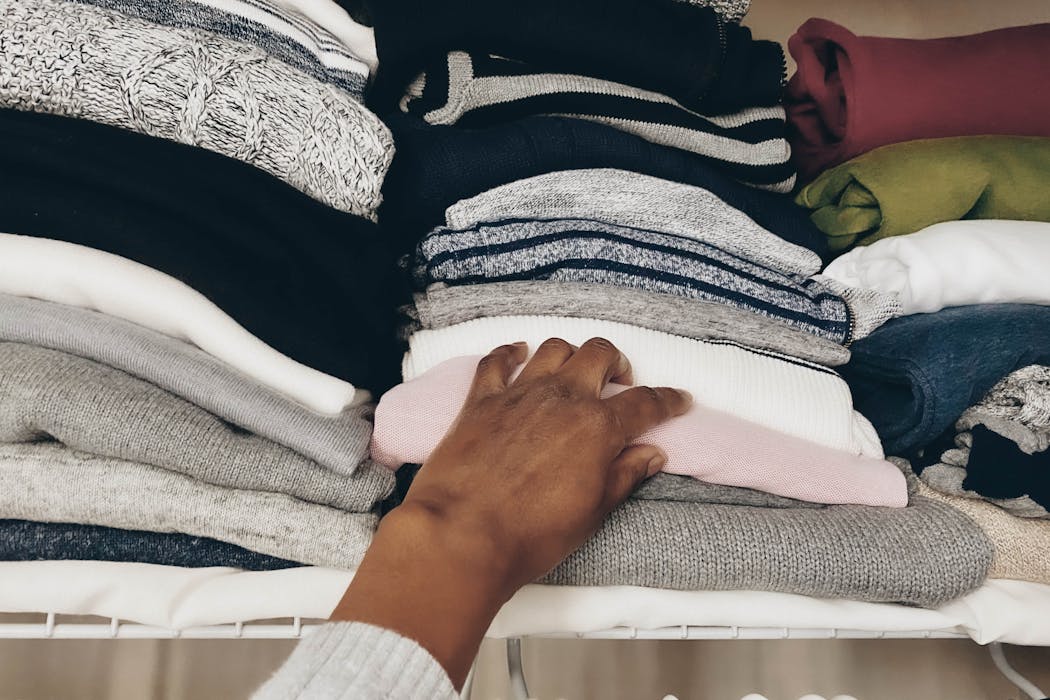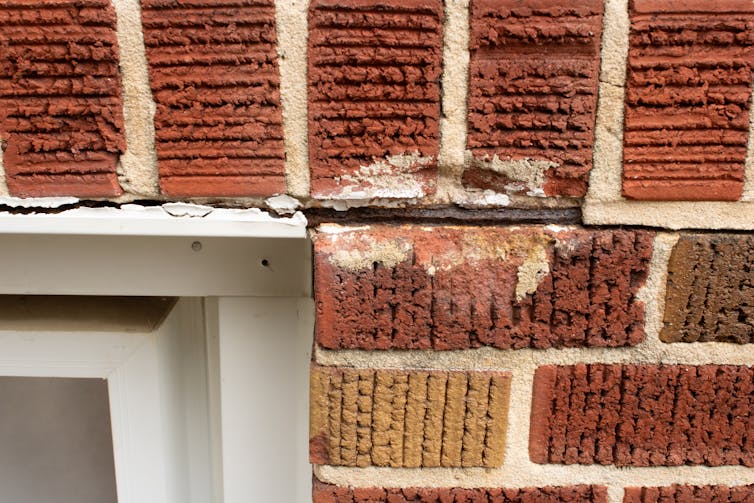Black families pay more to keep their houses warm than average American families
- Black families in the US pay significantly more to keep their homes warm than average American families, with a household energy burden of 5.1% compared to 3.2% for all households.
- The high energy burden on Black families is not just due to lower incomes, as even when median household income is the same, the share of income spent on energy is higher in majority-Black census tracts.
- Older homes in African American-majority census tracts often have lower energy efficiency due to less insulation, single-pane windows, and gaps in the building’s structure, making it harder for families to keep their homes warm or cool without breaking the bank.
- The lack of incentives for landlords to invest in energy-efficient upgrades is a major contributor to the high energy burden on Black families, as most rental households pay utility bills and tenants often bear the brunt of these costs.
- Policymakers must take a community-specific approach to addressing energy burdens, engaging with local communities to understand their unique challenges and developing targeted programs that address issues such as aging infrastructure, low incomes, and rental split incentives.

Rising energy costs consume a bigger and bigger chunk of family budgets in the United States. Our research has found that for many African American families, those costs take an extra big bite out of their incomes. This bite, the percentage of a household’s income used to pay energy bills, is called a household’s “energy burden.”
Households with high energy burdens struggle to adapt to rising prices. The U.S. Energy Information Administration reports that more than 12 million households keep their homes either colder or hotter than is actually comfortable, specifically in an effort to keep control of energy costs. And 24 million households report having had to forgo food or medicine at least once in the past year to pay utility bills.
Also, studies indicate that people facing high energy burdens often turn to unsafe heating sources, such as space heaters, stoves or fireplaces, and are at higher risk of asthma, depression, premature mortality and poor self-reported health. Our recent study of 2019 data found that those burdens are not spread evenly across the country or across society.
Specifically, families living in majority-Black census tracts spent 5.1% of their income on energy – significantly higher than the 3.2% share spent by average American households. Census tracts dominated by other racial groups in our study – whites, Latinos and Asian Americans – were much closer to the overall average.
Energy injustice
Often, disparities like this are attributed to income, which is indeed a factor given that Black households have a median income of $53,444, while the overall median in the U.S. is $78,538. However, our study found that even when a majority-white and a majority-Black census tract had the same median household income, the average share of household income spent on energy was higher in the majority-Black census tract.
We found two possible reasons for this difference, both rooted in race and housing situations.
First, our analysis of U.S. Census Bureau data finds that African American-majority census tracts have older homes on average than other census tracts. Older homes often have lower energy efficiency due to less insulation, single-pane windows, and gaps and cracks in the building’s structure, especially around windows, doors and chimneys. So even if a Black family earns the same income as another family, the Black family might live in an older house, requiring them to use more energy to warm or cool their homes, cook food, heat water and so on.
Also, we found that Black families are more likely to live in rental properties, where they cannot easily make energy-efficiency upgrades – such as installing new windows, insulation or appliances. At the same time, most landlords do not have an incentive to spend money to improve building efficiency because tenants usually pay utility bills. In the United States, 9 in 10 rental households pay for all or some of their energy bills and therefore face this split-incentive problem.

Robbie Becklund/iStock/Getty Images Plus
Many of these challenges can be attributed to the structural racism inherent in redlining. This early 20th century practice made it harder for prospective homeowners to get mortgages to buy homes in neighborhoods with high concentrations of Black people, immigrants or other minorities. That left more of the homes in those communities owned by landlords and occupied by tenants.
Even though redlining was banned in 1968, it left a legacy of underinvestment in properties, decreased property values and worse health outcomes.
Intersecting inequities
Other factors also likely intersect to impose a higher energy burden on Black families. Many of these were beyond the scope of our study but are well documented. For example, energy support programs are notoriously underfunded and often hard to access, especially for families without the time or connections to know about them or understand application requirements.
These are just some possible factors that increase the energy burden for Black families. The main lesson for policymakers is that communities are complicated. Energy efficiency upgrade programs that also seek to alleviate high energy burdens cannot be one-size-fits-all. A program for middle-class families in one neighborhood may not work in another community with older housing stock or large numbers of rental units.
To be successful, local officials designing programs that are aimed at families’ energy burdens will have to learn about the different challenges facing each distinct community – whether it’s leaky older homes, outdated water heaters, low incomes or rental split incentives. Reducing energy burdens for Black families will take more than technical fixes; it will take policies based in community engagement to build a deeper understanding of place.
![]()
The authors do not work for, consult, own shares in or receive funding from any company or organization that would benefit from this article, and have disclosed no relevant affiliations beyond their academic appointment.
